Ukraine continues to transport Russian gas to the European Union. But what will happen in 2025?
Will it continue to finance the war against itself, every year? bringing an average of 5 billion dollars to the Russian budget? Gas is being pumped despite the destruction of the energy system, occupation of territories and fighting in the Kursk regionwhere the only facility through which Russian blue fuel enters the Ukrainian gas transportation system is located – Gas metering station “Sudzha”“.
The reason is significant – the commitments to European states that Ukraine made when signing the five-year transit agreement. The contract expires on January 1, 2025.Will the physical flow of Russian gas through Ukrainian territory continue?
More and more often lately Scenarios for the possible continuation of transit are being discussed, one of which is the involvement of a mediator in the process – AzerbaijanWhat is really behind this?
From the first hours of the Ukrainian Armed Forces offensive in Kursk region on August 6, the Ukrainian Armed Forces found themselves in the rear Gas metering station “Sudzha”located on the border of Ukraine and Russia. This is the only facility through which Russian gas has been supplied to EU countries in recent years. The fighting near the station could not help but raise questions about the physical possibility of further transit of blue fuel.
On the morning of August 7, the Ukrainian GTS Operator reported that Russian gas transit has not changed, quotes “European Truth”:
“Nominations (transit applications) have been confirmed, the physical flow of gas is maintained.”
In those days, the transit volume was about 39.5 million cubic meters, which is 6% less than the standard level, but subsequently returned to 42.4 million cubic meters – the average annual figure. For now, the transit of Russian gas remains at its maximum.
In the first hours of the Ukrainian Armed Forces offensive in the Kursk region gas prices increased by several percent, but subsequently stabilized. A week before the onset of blue fuel in EU cost $400 per thousand cubic meters, and after a week of active fighting the price rose to $455 per thousand cubic meters.
Even such an insignificant increase, given the scale of events at the border, is called speculative by analysts, since There is no risk of a stoppage or reduction in Russian gas supplies yet. Even in the conditions of fighting near the gas measuring station, Ukraine has once again confirmed its status as a reliable transit country.
But everything could have turned out differently. The most striking event happened in August 2022, when Gazprom artificially inflated gas prices in the EU to $3,000 per thousand cubic meters. After that, prices in the bloc countries fell and amounted to $300-400 per thousand cubic meters.
Ukraine and the Russian Federation signed a five-year transit contract at the end of 2019. Ukraine needed the agreement for several reasons:
- The first is economic: gas transit allowed Kyiv to receive billions of dollars, part of which went to servicing the gas transportation system, the rest to the state budget. In addition, Russia, as part of the agreements, agreed to pay Ukraine almost $3 billion in debt under the decisions of the Stockholm Arbitration.
- The second reason was that construction was being completed. Nord Stream 2 gas pipeline30-40 km of pipes remained to be laid. This would allow the Russians to refuse the services of the Ukrainian GTS, and Kyiv would lose transit, money and influence on the Kremlin.
- The third reason, which is not so publicly discussed by the participants of those negotiations, is that transit was considered to be almost the only lever of influence that could restrain Moscow from war. At that time, this was precisely what was being counted on, but, unfortunately, the war began anyway.
Even on the 903rd day of the war, Russian gas continues to flow into the European Union “in normal mode”. What benefit does this have for Ukraine? On February 24, 2022, it had every right to declare force majeure and stop the transportation of Russian gas through its territory, but it did not do so. The main reason is that two years ago, not all EU countries were ready to immediately find other suppliers of blue fuel. This took time.
Before the war in Ukraine, Gazprom annually supplied the European Union with 150-155 billion cubic meters of blue fuel. At that time, this was about 40% of the bloc's total gas imports. In total, five gas pipelines run from Russia to the EU through other countries.
Both Nord Streams have been stopped, and the Yamal-Europe gas pipeline with a capacity of 38 billion cubic meters per year has also been blocked. Supplies go through the Turkish Stream and Blue Stream to Turkey and countries in the South/Southeast of Europe, as well as through one of the two entry points into the Ukrainian GTS to EU countries.
But since among these states were Ukraine’s strategic partners, providing it with financial and military assistance, gas transit continued. How much does Russia earn from this? Every year, Gazprom transports 12-14 billion cubic meters of gas through the Ukrainian GTS, earning about $5 billion.
“The Ukrainian GTS Operator” receives $700-800 million per year from transit. The bulk of these funds are spent on transportation – purchasing fuel gas for compressors and servicing the gas transportation system. By refusing transit after 2024, when the agreement expires, Ukraine will lose $800 million in annual income, Gazprom – $5 billion.
Kyiv's public position on the issue of extending transit from January 1, 2025 is “no negotiations or agreements with Gazprom and the Russians.” But this way of posing the question does not mean there will be no supplies. The head of NAK Naftogaz, Oleksiy Chernyshev, stated:
“Naftogaz” will not negotiate an extension of the agreement with Gazprom. On the other hand, Ukraine, as a state, has a top strategic asset – the gas transportation system. It is very important for us that the GTS works.”
Ukrainian President Volodymyr Zelensky said in early July:
“One of the proposals currently being discussed is an agreement to replace Russian gas with Azerbaijani supplies. Officials are currently working on this.”
Energy Minister German Galushchenko claims that Ukraine has no specific proposals for gas transit from Azerbaijan yet:
“I always say that we need to have a specific document on the table. So far, there is no specific proposal that can be discussed. When possible initiatives turn into practical proposals, then we will talk.”
What do industry experts and market participants say about the potential extension of transit? Former head of the “Operator of the GTS of Ukraine” Sergey Makogon consistently advocates for the termination of transit upon expiration of the current contract:
“Gazprom receives about 5 billion dollars a year for transit, Ukraine – 800 million, but most of these funds go to the transit itself. 100-200 million go to the budget in the form of taxes and dividends. If you compare these figures, I do not see much economic sense in doing this.”
In his opinion, For the Kremlin, gas also means political influence on Slovakia and Hungary:
“The parties of Fico (Slovak Prime Minister) and Orban (Hungarian Prime Minister) are quite pro-Russian. We constantly hear their statements about how they are trying to block aid to Ukraine.”
Mikhail Gonchar, head of the analytical center “Strategy XXI”, is also in favor of ending the transit:
“In war conditions, the coordinate system is somewhat different than when commercial approaches dominate. We must not allow the enemy to earn money and feed the war budget. There is no need to make a tragedy out of the lack of transit.”
He calls the idea of transiting supposedly Azerbaijani gas a “cover-up deal with a double bottom.” The expert claims that in reality it is Russian gas that will be transported under the guise of Azerbaijani gas.:
“There is currently no free gas in Azerbaijan to supply it via transit through Russia and Ukraine to the European Union. Everyone understands perfectly well that this will be Russian gas that will be “repainted” as Azerbaijani. This will be the so-called swap, when Socar buys gas from Gazprom and the Azerbaijani fuel, according to the documents, goes via transit to the EU.”
Gonchar claims that behind this idea there may be a hidden scheme that is beneficial to the Kremlin:
“The money that some company affiliated with Gazprom with European registration will receive will not go to Russia, but will remain in the European Union. These funds can be used to purchase various sensitive equipment and materials that Moscow needs to produce missiles and high-precision weapons. Then, on a legal basis, this equipment can be sent to Russia via Azerbaijan. Therefore, when we talk about continuing transit, we should look not at the gas sector, but at the military one.”
Makogon also sees corruption and schemes in the story with Azerbaijani gas:
“If the EU needs gas, then we will do everything transparently. We will tell the Russians: “If you need transit, return the Zaporizhzhya NPP to us, stop shelling the energy sector, and we will also introduce an additional duty on the transit of your gas.” For us, this is an additional 2-3 billion dollars to restore the energy sector. This will be transparent and understandable, but otherwise I see no point in agreeing to the transit of any Azerbaijani gas that does not exist.”
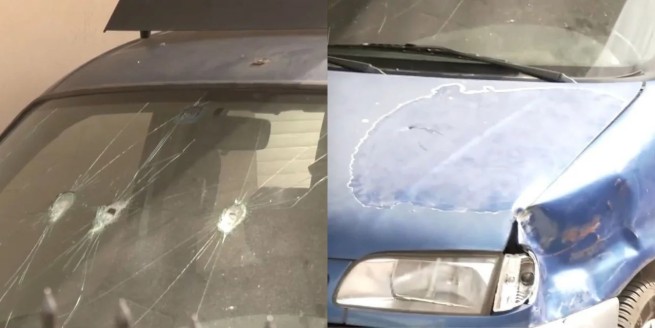
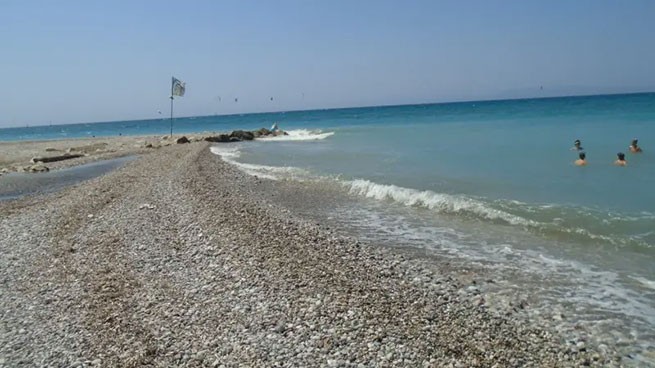
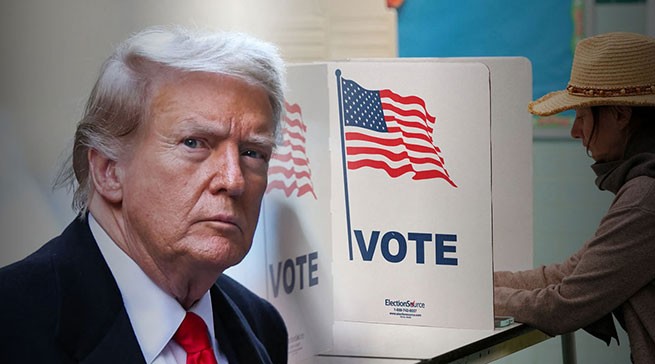
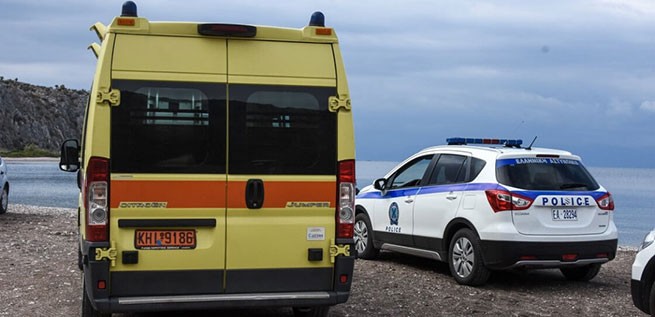
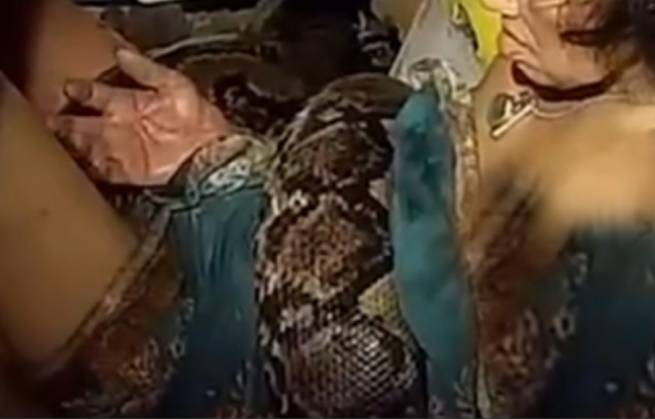
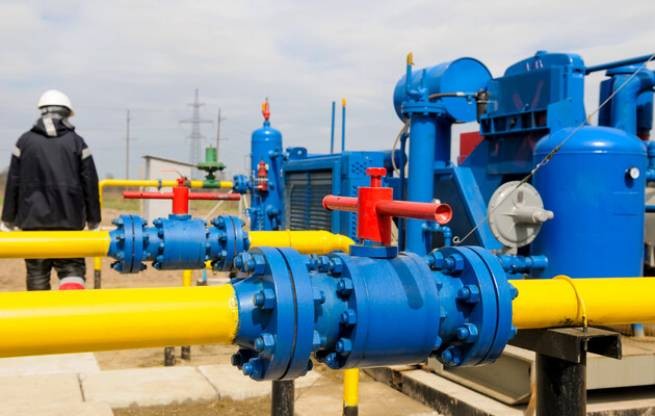

More Stories
Ukrainian Diaspora Abroad
Predator Scandal: US Sanctions Greek Intellexa Employees
NYT: Biden May Change His Mind (Video)